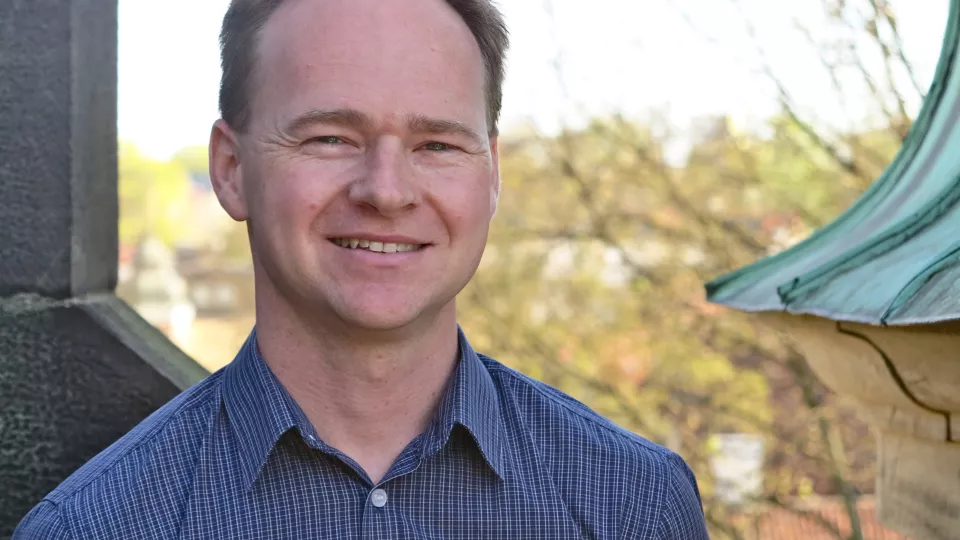Governance of Urban Sustainability Transitions: Getting the most out of Urban Living Labs
A new trans-European project aims to better define and evaluate the concept of Urban Living Labs. One goal is to understand what can be shared and learned in order to advance urban sustainability transitions.
Across Europe, so-called Urban Living Labs are being developed as a response to the need to understand how we can combine economic, social and ecological sustainability in our growing cities. Urban Living Labs are areas in cities where innovations are tested in buildings, transportation and energy systems. When tested in a real life situation, the results are much more practical than when tested in a controlled environment.
However, despite hundreds of sites across Europe being labelled as Urban Living Labs, not much work has been done to understand how these labs function and how we can share lessons learned and scale up their impact across European cities.
Kes McCormick is a researcher at the IIIEE at Lund University and the coordinator of the GUST research project, engaging 17 researchers from four countries. Only a few months in, he underlines that this trans-European research project is just starting to reveal new insights:
– We aim to better define the concept of Urban Living Labs, looking at three main factors: firstly thedesign of the labs: what are the frames, who are the actors and where are they situated? We will look at their practices: what happens on a daily basis? And as a third factor: the processes. How do these labs affect the surrounding cities and society?
– We are mapping 12-16 detailed examples of Urban Living Labs from the contributing countries; the Netherlands, Austria, the UK and Sweden, looking for possible categories. This will make it much easier to measure and evaluate the results. Because if you can’t measure them in some way – it is difficult to manage them, Kes McCormick explains.
He presents Malmö as a nearby city with many examples of different types of labs; the residential areaof the Western Harbour being one type where a range of urban sustainability goals were integrated into the design, and the new apartment building called Hållbarheten (“Sustainability”) representing a totally new approach, which is an energy efficient building taking advantage of smart energy systems.
– Seen as a lab, the apartment building is small, involving only two main partners, the City of Malmö and the energy company Eon, but nevertheless very interesting. Such small-scale experiments can have significant impacts on the partners involved and beyond. As with all labs that we study, we are interested in the detailed level.
– In the end, Kes McCormick says, we want to understand what can be shared and learned across Europe. As researchers, our contribution is to help investigate the lessons learned, in order to advance urban sustainability transitions.
Text and photo: Sara Bernstrup Nilsson
GUST – Governance of Urban Sustainability Transitions: Advancing the role of living labs
- IIIEE researchers: Kes McCormick, Yuliya Voytenko, Oksana Mont
- Project time: 2014–2017
- Budget: EUR 1.7 million
- Funding agencies: Urban Europe / Formas
- Academic partners: Durham University (GB), Erasmus University Rotterdam (NL), Joanneum Research (A)
- Further info: Project website 7-minute film introducing Urban Living Labs 2-minute film introducing GUST
Related reading on IIIEE research
- Urban Living Labs: In search of key success factors (Interview with Visiting Researcher James Evans)
- Urban Transition Öresund: Developer dialogue - a tool for greener buildings (Interview with Ph.D. Candidate Nora Smedby)
- Urban Transition Öresund: Comparison of cost models supports retrofitting (Interview with Reserch Associate Bernadett Kiss)


